Explain the Different Main Digestive Juices
The stomach secretes gastric juice which digests food like meat eggs and milk. The steps in the process of digestion in human beings involves six stages.

Digestive System Information And Facts National Geographic
Your pancreas creates natural juices called pancreatic enzymes to break down foods.

. A diagram of the digestive system. Lactase also called lactase-phlorizin. Further breaks down food residues.
The small intestine is divided into three main parts. They contain several types of cells that secrete mucus and a large number of enzymes. The digestive juices are secreted by different organs vary widely in chemical composition and play different roles in the digestive process.
Which of the following statements correctly explain a difference between ionic and covalent bonds. The Major Stages of the Digestive System. Propels feces toward rectum.
Gastric secretion means secretion of digestive juice by the stomach there are three phases of gastric secretion - Cephalic Gastric and Intestinal phase. These are the different enzymes. They empty into the upper part of your small intestine called the duodenum.
Your liver makes a digestive juice called bile that helps digest fats and some vitamins. The pancreas delivers the digestive juice to the small intestine through small tubes called ducts. Each day your pancreas makes about 8 ounces of digestive juice filled with enzymes.
Your pancreas makes a digestive juice that has enzymes that break down carbohydrates fats and proteins. Absorbs most residual water electrolytes and vitamins produced by enteric bacteria. Select all that apply.
In order to explain the first stage of digestion we must figure that digestion starts in the mouth as soon as food enters it. Pancreatic amylase finishes digestion of carbohydrates producing. These juices travel through your pancreas via ducts.
Your digestive tract extends from your mouth to your anus though the portion of the tract involved in actual digestion of food extends only as far as your small intestine. Which digestive juices contain enzymes that digest protein. -Hepatic caeca secret digestive juices containing enzymes which help in the digestion-Malpighian tubules contain different ion channels that help in excretion-Haemolymph is a circulating fluid in the bodies of insects that is the equivalent of blood.
The primary function of the stomach is to collect and break down food. This is called ingestion. They include saliva gastric juice pancreatic juice bile and intestinal juice.
The stomach an important organ for digestion produces gastric juice which is comprised of hydrochloric acid. 5 Organs That Secrete Digestive Juices Salivary Glands. Digestive enzymes and mucus are secreted by it.
Hydrochloric acid converts pepsinogen into pepsin and breaks various nutrients apart from the food you eat. Gastric juice is made up of water electrolytes hydrochloric acid enzymes mucus and intrinsic factor. Dipeptidases convert dipeptides into amino acids.
The juices from the pancreas and gallbladder will be transferred to the small intestine which helps in the process of digestion. Secretin stimulates the pancreas to secrete sodium bicarbonate which neutralizes the acidic chyme. Gastrin in-turn stimulates the secretion of gastric juice in the stomach.
Hydrochloric acid is a strong acid secreted by the parietal cells and it lowers your stomachs pH to around 2. Duodenum the shortest region near the stomach jejunum middle portion and ileum the end portion of the small intestine which involves the absorption of. Cells in pancreas also produce a different type of amylase known as pancreatic amylase that travels via a duct to reach the small intestine.
Nucleases in the pancreatic juice act on nucleic acids and form nucleotides and nucleosides. Produces digestive enzymes and bicarbonate. The walls of small intestine secrete a digestive juice called intestinal juice.
The stomach is a sac-like structure and happens to be the most dilated part of the digestive system. These secretions are slightly alkaline with pH in the range of 75 to 80. It breaks down starches into sugars.
Firstly salivary glands in our mouth generate salivary amylase that starts the process of digestion by breaking down starch and converting into maltose and smaller carbohydrate. Bicarbonate-rich pancreatic juices help neutralize acidic chyme and provide optimal environment for enzymatic activity. Secretin also stimulates the liver to release bile.
The small intestine releases maltase which is responsible for breaking down maltose malt sugar into glucose. Inside this tube is a thin soft membrane lining of epithelial tissue called the mucosaIn the mouth stomach and small intestine the mucosa contains tiny glands that produce juices to help digest food. What are the 2.
Secretin secretion is stimulating by acid chyme food from stomach. The digestive system is a series of hollow organs joined in a long twisting tube from the mouth to the anus. Intestinal juice breaks down the starch carbohydrate completely into the simplest sugar called glucose and the proteins into amino acids.
Amylase is important for digesting carbohydrates. Our food breaks down completely into very small water soluble. Pancreatic juice also breaks down starch carbohydrate and proteins into simpler forms.
Sucrase converts sucrose into glucose fructose. Your mouth stomach intestine and various accessory organs secrete digestive juices -- some of which contain enzymes -- into the digestive tract. Aminopeptidases convert peptides into amino acids.
Amylase is secreted by. Secretin is secret by duodenum cells. The digestive juices are the secretions of the digestive tract that break down food.
However gastric juice does not digest starch sugars and fats. Select all that apply - Pancreatic Juices. The main salivary glands are found in the cheeks under the tongue and around the jaw.
Lactase converts lactose into glucose galactose. Gastric Secretion Stomach Acid Secretion Gastric Acid Secretion. The secretion of these glands is.
Maltase converts maltose into glucose.
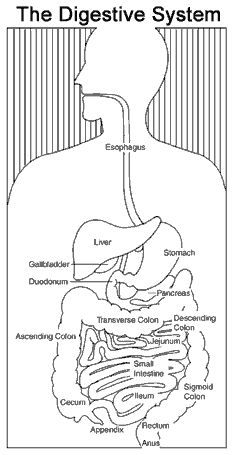
Your Digestive System And How It Works
15 3 Digestive System Processes Concepts Of Biology 1st Canadian Edition
In What Organ Does The Majority Of Chemical Digestion And Absorption Occur Socratic
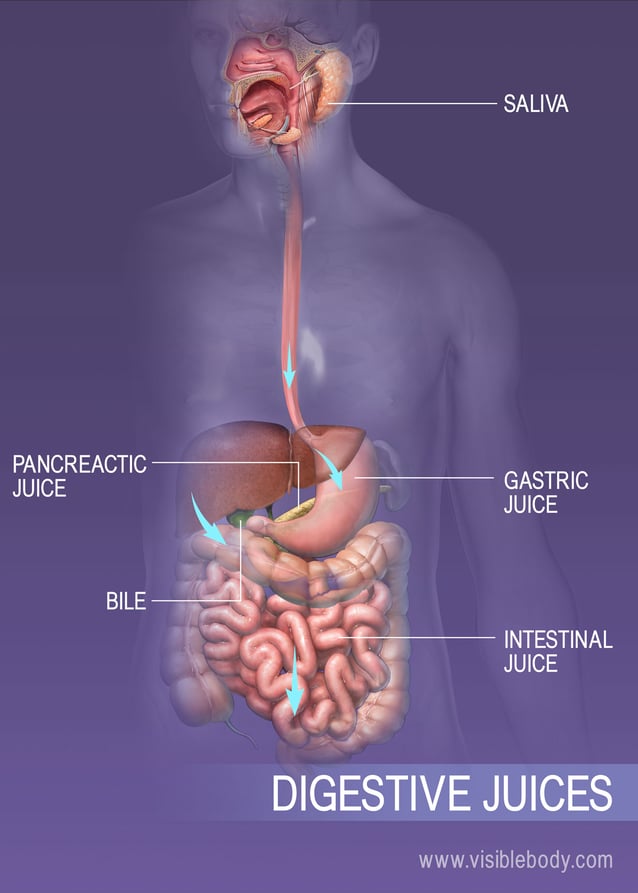
10 Facts About The Digestive System

File Digestive System Diagram Jpg Wikimedia Commons
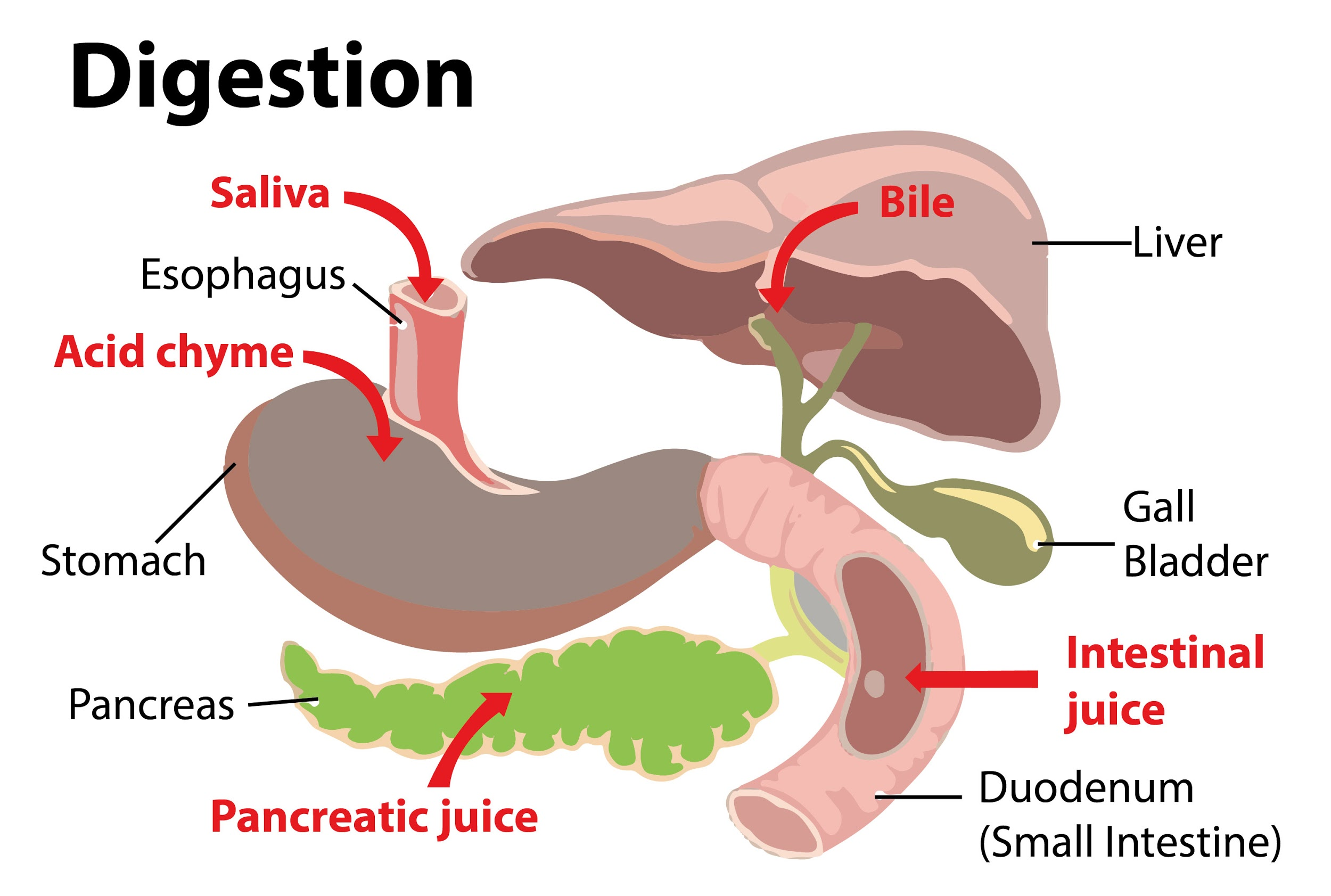
Succus Entericus Is The Other Name Of A Gastric Juice Class 11 Biology Cbse
What Is The Difference Between Gastric Juice And Pancreatic Juice Pediaa Com
Anatomy Of Organs Of The Digestive System And Their Functions Bio103 Human Biology
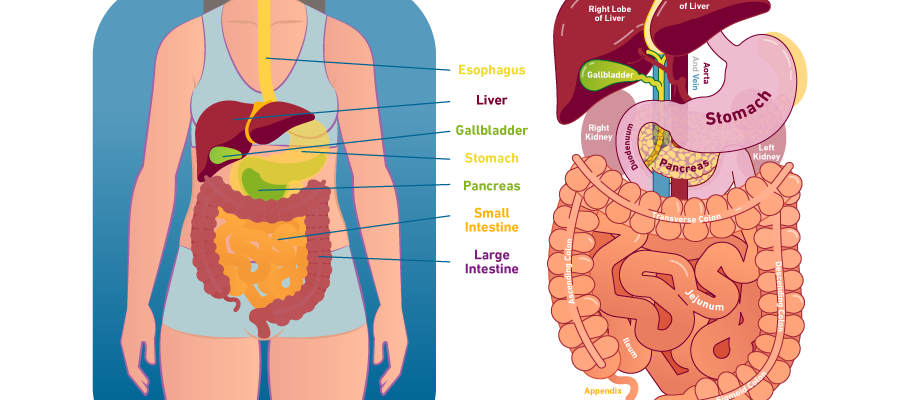
Your Digestive System Digestive Disease Center Temple Health
How Does Digestion Work Animation Ibd Clinic

Food Digestion Diagram Digestive System For Kids Human Digestive System Human Anatomy And Physiology

Process Of Digestion Digestion Process In Mouth Stomach Intestines

Process Of Digestion Digestion Process In Mouth Stomach Intestines

Human Digestive System Parts Functions And Organs
15 1 Digestive Systems Concepts Of Biology 1st Canadian Edition


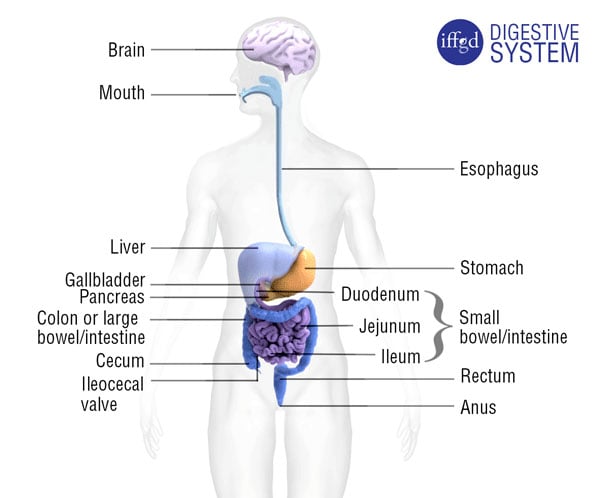

Comments
Post a Comment